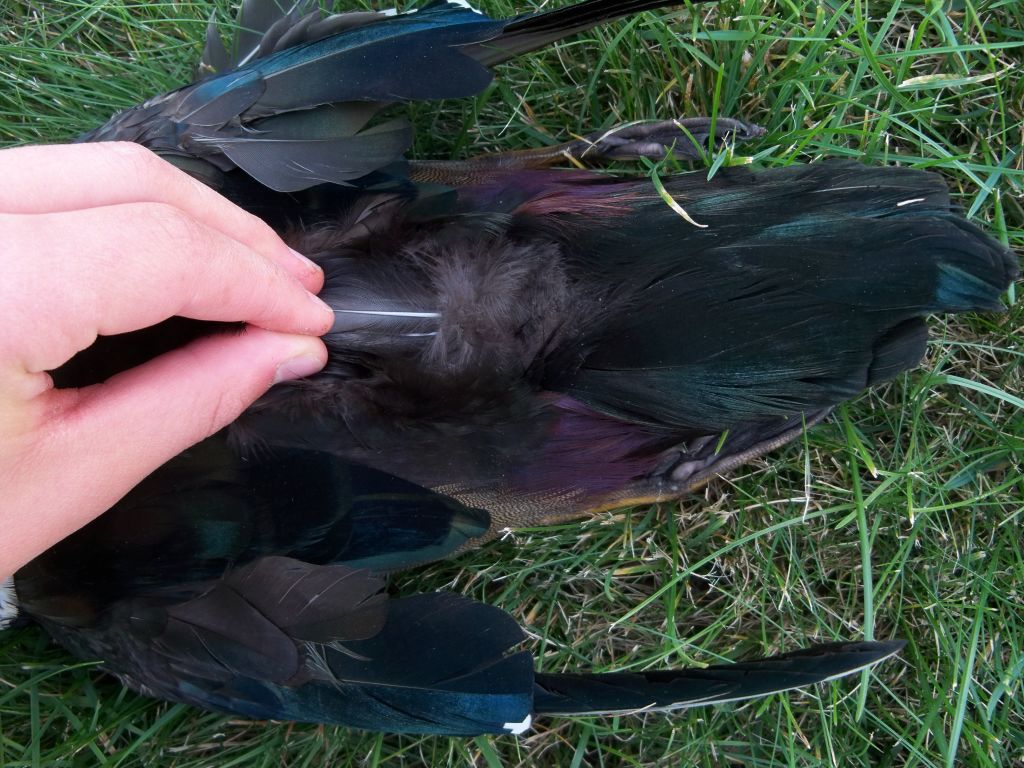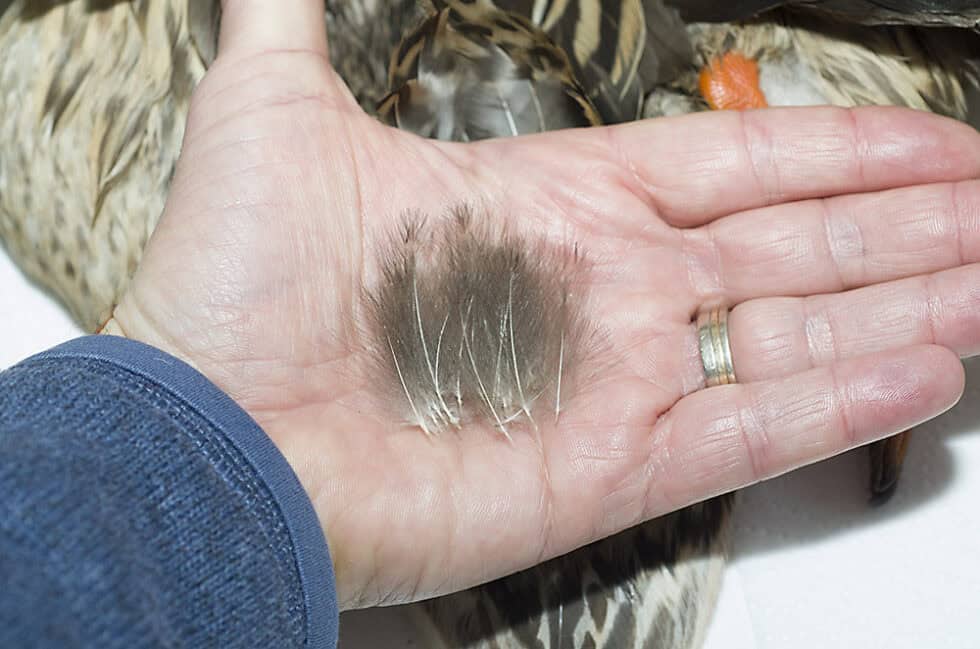CDC Feathers: The Fly Tier’s Secret Weapon
Among the many materials beloved by fly tiers, CDC feathers hold a special place. Short for cul de canard (literally “duck’s bottom” in French), CDC feathers are harvested from the region around a duck’s preen gland, and they bring several remarkable properties to fly patterns that make them indispensable for many anglers.

What Is CDC (and Why It Matters)
The term cul de canard refers to feathers located near the duck’s preen gland, which is a gland that secretes natural oils. Because of its proximity, the CDC feathers become saturated with these oils, making them highly water repellent and buoyant. Their structure also traps tiny air bubbles, further aiding flotation.
These qualities mean that flies built with CDC often float longer and more naturally, without needing heavy doses of synthetic floatant. Over time, many fly tiers have adopted CDC as a go-to for emergers, dry flies, and soft hackles
Selecting Good CDC Feathers
Not all CDC is created equal. When choosing CDC for your flies, you’ll want to look for:
- Natural oils intact: Dyed or heavily processed CDC can lose its original buoyancy.
- Fine structure and density: Well-formed barbs and abundant fluff help with both floatation and lifelike movement.
- Colour quality: Natural shades tend to preserve oil and structure better; intense dyes may degrade the feather.
- Length and shape: For some fly styles (like emergers or upright wings), you’ll want longer CDC stems or paired feathers.
For more in-depth advice on choosing CDC feathers, check out Lucian Vasies’ article CDC Feathers and How to Select Them and Understanding CDC Feathers: Location — both are excellent resources for seeing real examples and selection guidelines.


How to Work with CDC
Using CDC takes some finesse. Here are a few tips:
- Gentle handling
Harsh treatment can compress the barbs and ruin the float. Use fine scissors and avoid over-compressing. - Tie-in techniques
Many tiers stack paired CDC feathers, with curvature oriented to suit the fly profile. Use just enough thread wraps to stabilise, allowing adjustments. - Floatant caution
Ordinary floatants (e.g. wax or gel) can degrade the natural oils in CDC, causing it to sink. Many tiers apply floatant only to non-CDC portions of the fly or use floatants designed specifically for CDC treatments. - Combine with supporting materials
In fast water or when extra buoyancy is needed, it’s common to pair CDC with foam, poly yarn, or other buoyant structures. - Use in various roles
While CDC is famed for dry flies, it also finds use in soft hackles, sliders, emergers, and even in legs or movement elements in nymphs.
Why Use CDC?
- Unmatched flotation — When properly used, CDC can keep a fly dry without extra floatant.
- Natural movement — The soft barbs flutter in water currents, imitating insect motion.
- Reduced stiffness — Unlike hair or stiff synthetic materials, CDC doesn’t spin your leader and feels more lifelike.
- Versatility — Works in both stillwater and stream patterns, especially in tricky conditions where subtlety wins.
CDC feathers represent a beautiful fusion of nature and art in fly tying. With the right selection and technique, they allow you to create flies that float and behave with a realism few synthetic materials can match. If you’re curious to try, drop me a line — I’d be happy to walk you through tie examples or pairing choices.